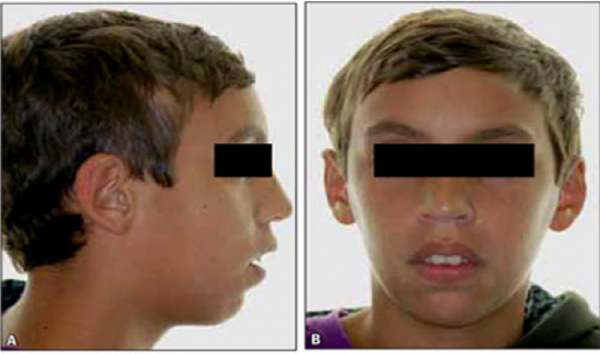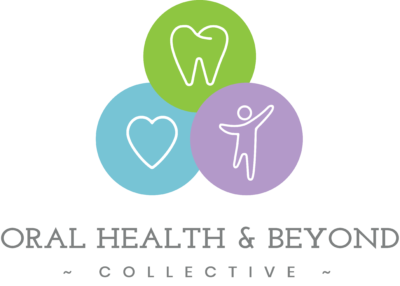Are breathing issues a problem?
Did you know that breathing issues can cause all kinds of problems and illness?
Studies have shown that mouth breathing can change facial and oral development.
When nasal breathing is blocked, untreated mouth breathing leads to the development of long, narrow faces with crooked teeth, receded jaw and can also cause TMD (temporomandibular joint dysfunction) and headache issues.

When the jaw and airway don’t fully develop, the airway can become easily obstructed during sleep. During the complete muscle relaxation of deep stage sleep, the muscles around the airway also relax and collapse. The airway is a tight space, often made tighter by large tonsils and adenoids in both children and infants.
If the airway becomes obstructed, the brain must bounce out of deep sleep and into a lighter stage of sleep in order to grind and clench to push the jaw forward to allow for breathing again. Grinding and clenching are the body’s way of reopening a collapsed airway during sleep to start breathing again. This is why grinding and clenching are the new red flag for catching sleep apnoea early.
Mouth breathing can also impact on behaviour and personality. Deprived sleep due to mouth breathing in children can cause hyperactivity as a result of adrenaline used to compensate for sleepiness. They are poor achievers in their academic pursuits because their brains and bodies aren’t at their best in this damaged, deep sleep-deprived state. These children are often diagnosed with ADHD and other behavioural issues. They have lowered immune systems, poor health and can also be overweight.
Although the natural order of things is to breathe through the nose, many children – especially those with asthma or nasal congestion – habitually breathe through the mouth. Children who regularly breathe through their mouth tend to develop negative alterations to their face, jaws and the alignment of their teeth. Mouth breathing affects the shape of the face in two ways.
Firstly, there is a tendency for the face to grow long and narrow.
Secondly, the jaws do not fully develop and are set back from their ideal position, thus reducing airway size.
If the jaws are not positioned forward enough on the face, they will encroach on the airways. See for yourself: close your mouth, jut out your chin and take a breath in and out through your nose, noting the way air travels down behind the jaws. Now do the same but pull your chin inward as far as you can. You will probably feel as if your throat is closed up as you try to breathe. This is exactly the effect poorly developed facial structure has on your airway size. It is no wonder that those with restricted airways tend to favour mouth breathing.
Strategies for Parents –
- Make sure your child can breathe through her/his nose with ease.
- Make sure your child has seen a dentist by age one. Make sure that this dentist is concerned with recognizing mouth breathing and its implications.
- Make sure your child is treated for allergies. Allergies can force children into mouth breathing.
- Make sure that your child’s diet and environment aren’t contributing to allergies
The Team at KIDS are trained to help provide you with options and choices when it comes to mouth breathing. Contact us today to make an appointment.

Would you like more information on KIDS dental care? Please complete this form and one of our friendly team will get in touch with you.



